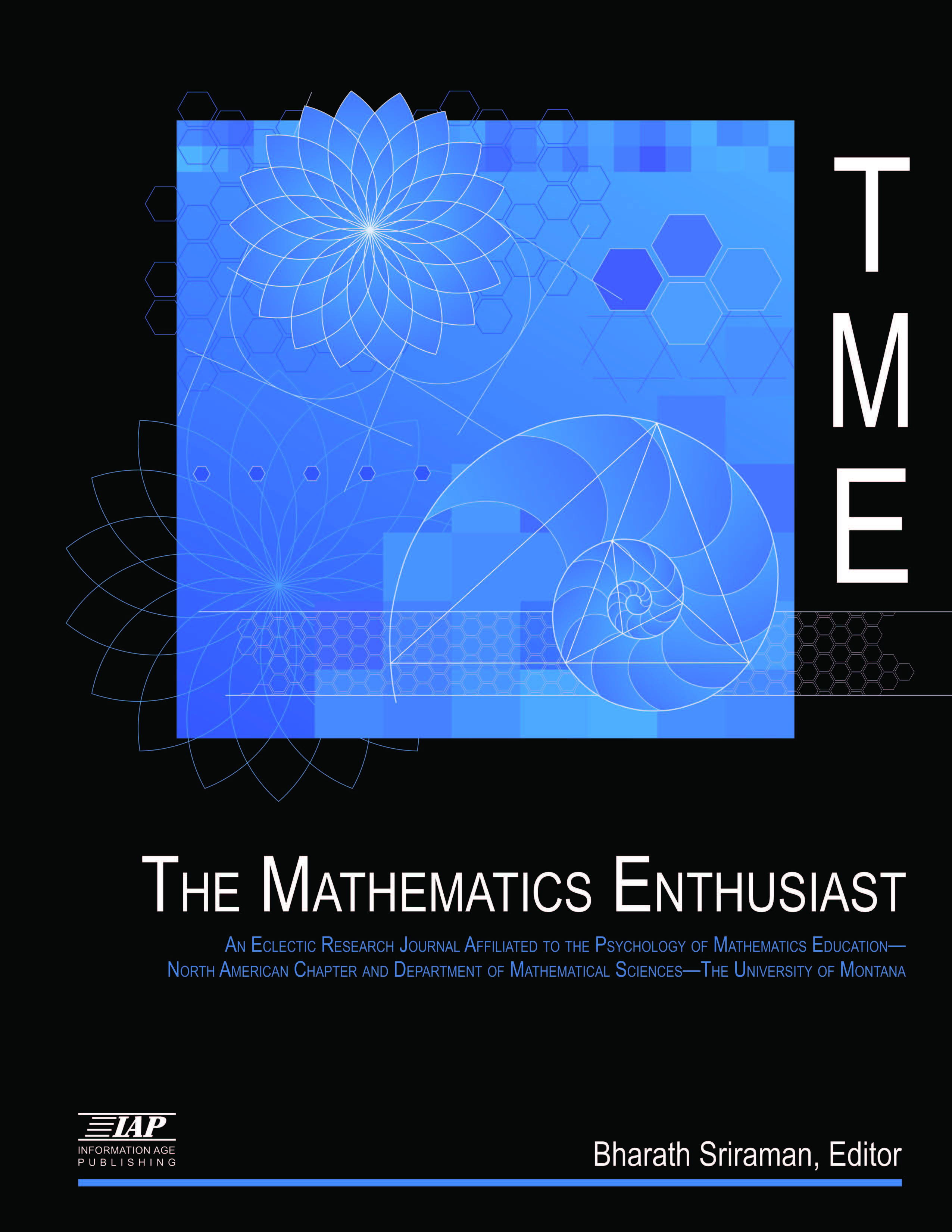
Volume
14
Issue
1-3
Abstract
Recent Early Algebra research indicates that it is better to teach negative numbers symbolically, as uncompleted subtractions or “difference pairs”, an idea due to Hamilton, rather than abstractly as they are currently taught, since all the properties of negative numbers then follow from properties of the subtraction operation with which children are already familiar. Symbolical algebra peaked in the 19th Century, but was superseded by abstract algebra in the 20th Century, because Peacock’s permanence principle, which asserted that solutions obtained symbolically would actually be correct, remained unproven. The main aim of this paper is to provide this missing proof, in order to place difference pairs on a rigorous mathematical foundation, so that they may for the first time be the subject of modern classroom based research. The essential ingredient in this proof is a new physical model, called the banking model, a development of the hills and dales model used in schools in New Zealand, which besides improving upon current models in several respects, has the crucial advantage of being a true physical model, that is, the properties of negative numbers come from freely manipulating the model in the manner of a sandbox, not by following an abstract set of rules. Throughout this paper a close correspondence is drawn between negative numbers viewed as uncompleted subtractions and fractions viewed as uncompleted divisions, which suggests a practical notation for difference pairs as single numbers but whose digits are either positive or negative, the equivalent for integers of the decimal fraction notation for rationals. The banking model is the ideal tool for visualising such positive and negative digits, and examples are provided to show not only that this is a powerful notation for use at Secondary level, but also that it resolves some long-standing problems of the subtraction algorithm at Primary level.
First Page
207
Last Page
240
Recommended Citation
Shutler, Paul M.E.
(2017)
"A Symbolical Approach to Negative Numbers,"
The Mathematics Enthusiast: Vol. 14
:
No.
1
, Article 13.
DOI: https://doi.org/10.54870/1551-3440.1395
Available at:
https://scholarworks.umt.edu/tme/vol14/iss1/13
Digital Object Identifier (DOI)
10.54870/1551-3440.1395
